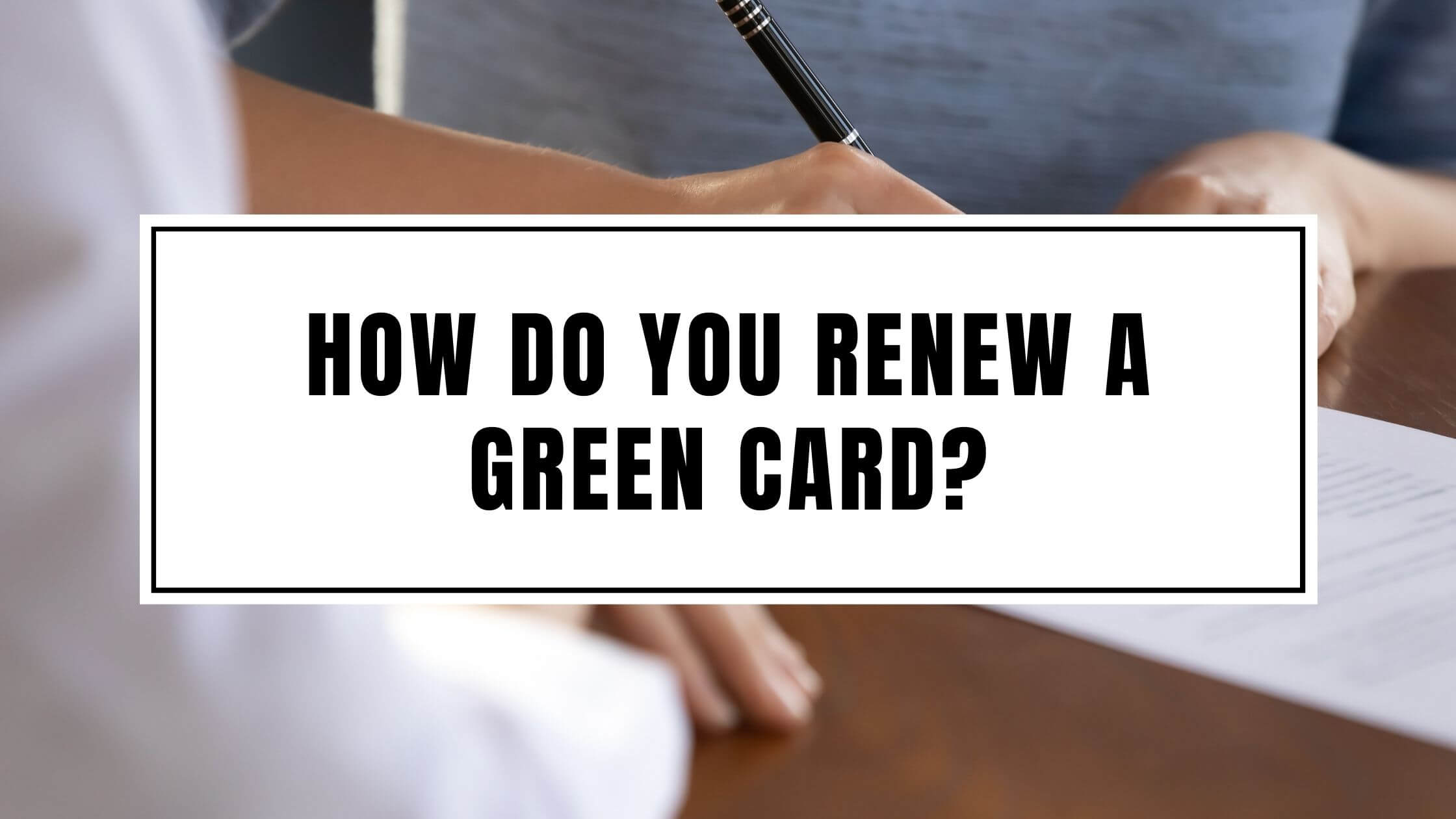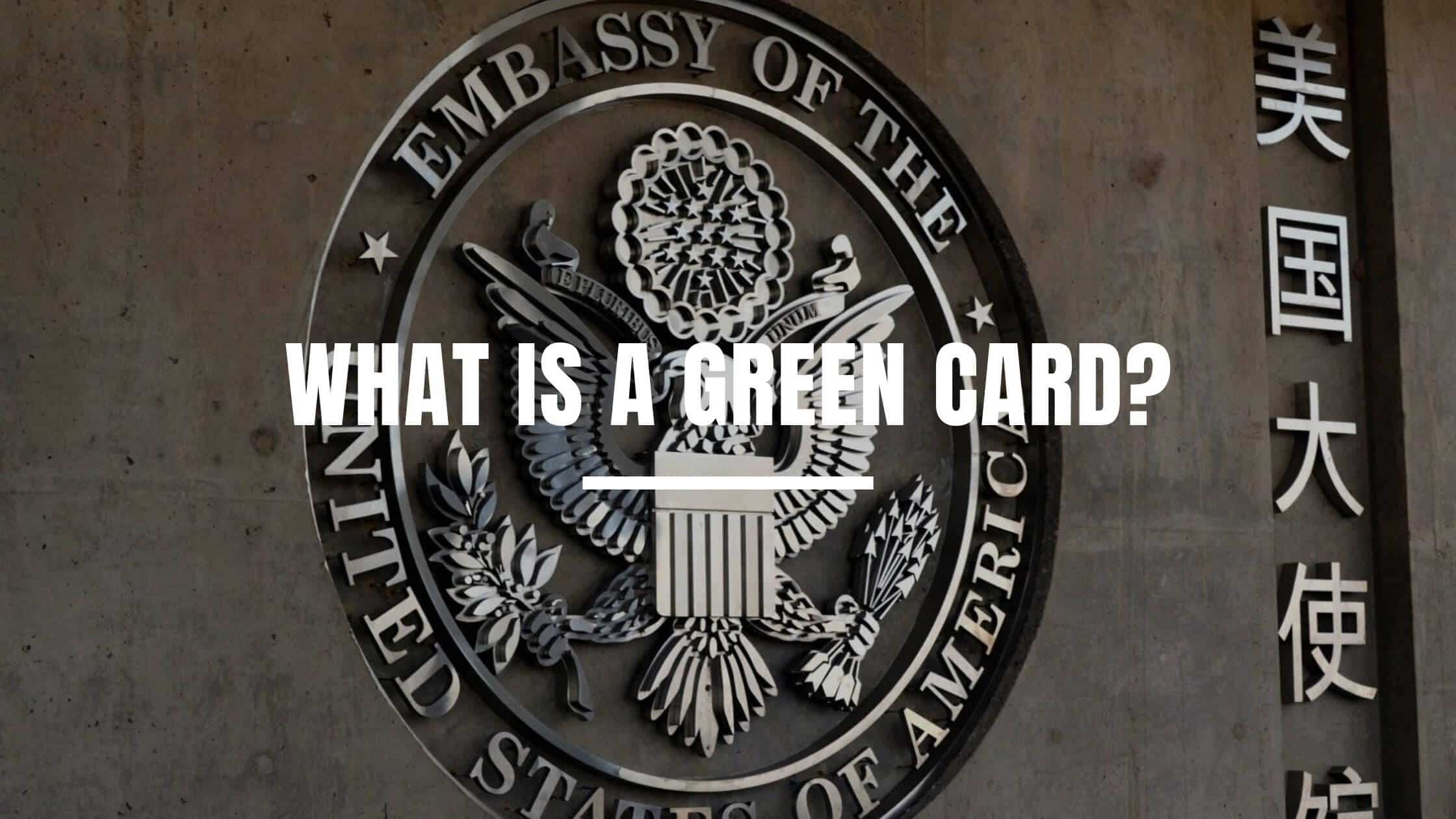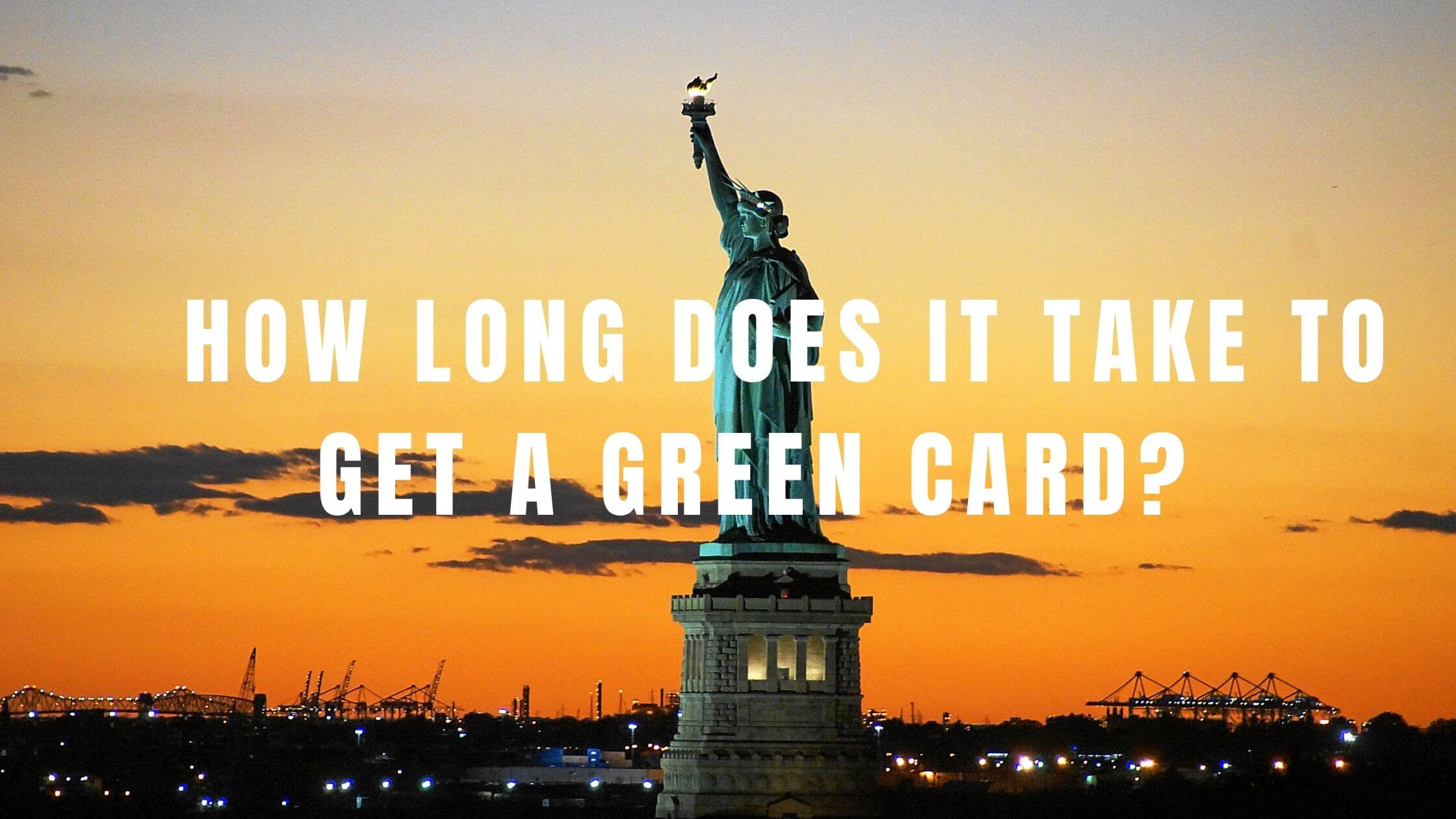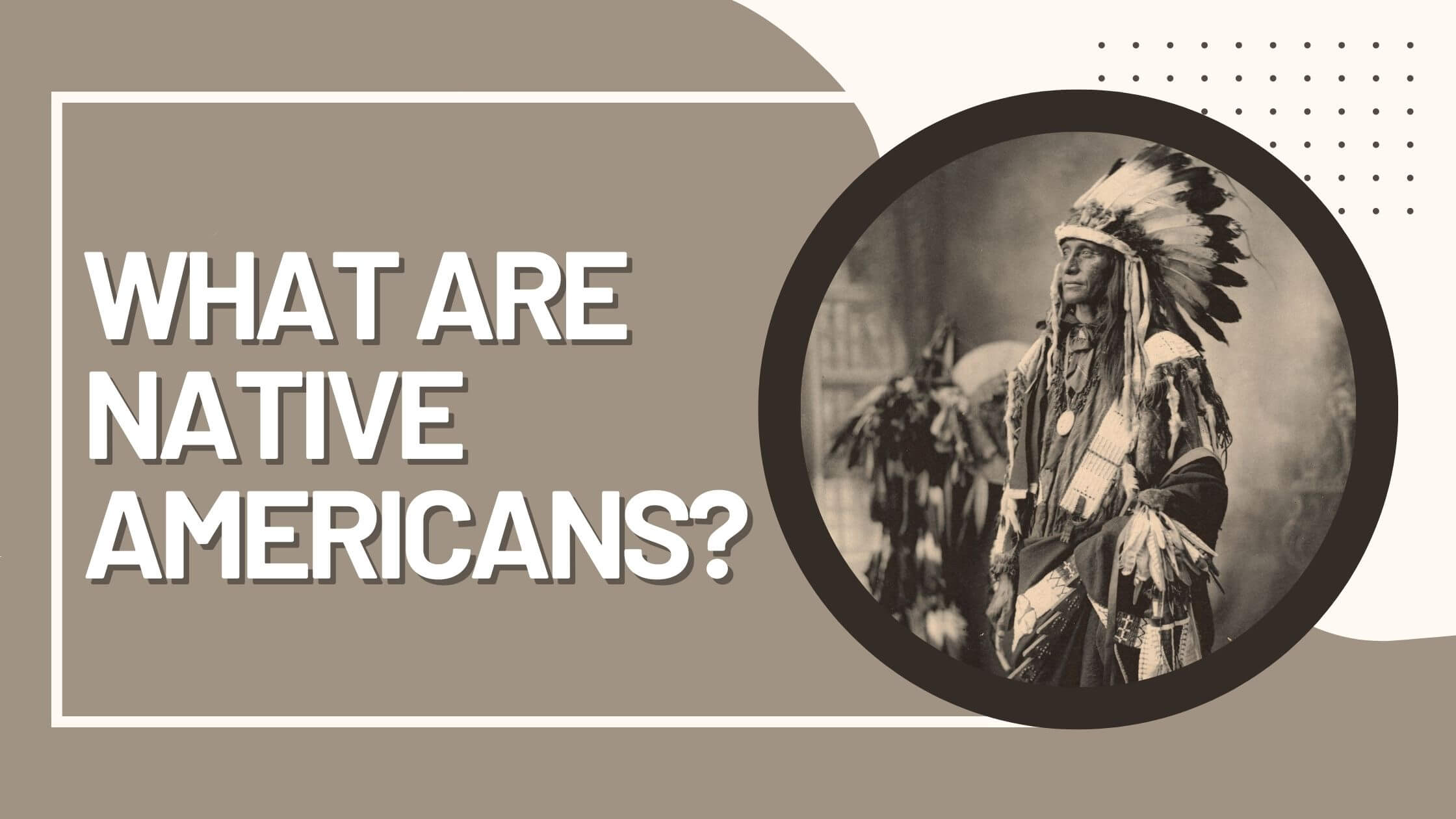Table of Contents
ToggleWhy is the United States Split into States?
Since the United State’s birth as an independent nation in 1776, the territory that the country would eventually come to occupy needed a system of organization to keep governing the ever-growing number of citizens manageable.
The Original 13 States
After the first 13 states, the original 13 colonies, were introduced into the Union, the remaining 37 were admitted over time with the approval of Congress.
The First States
At the ratification of the Declaration of Independence on July 4th, 1776, the 13 original colonies became independent states from the rule of the British Crown.
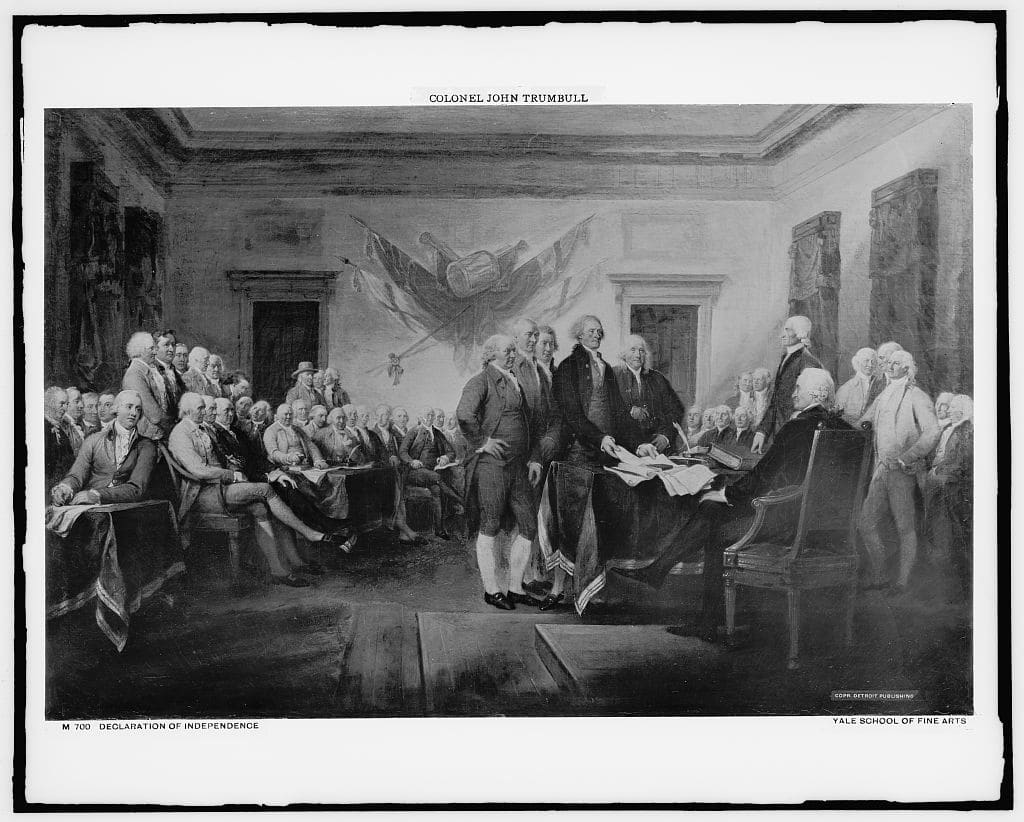
While the federal government, including Congress and the Presidency, was not formed until 1789, these 13 states set a precedent for the organizational system, which would later govern how new territories would be officially admitted to the Union.
The first 13 states were all located along most of the continental United States’ East coast. They are:
- Connecticut
- Delaware
- Georgia
- Maryland
- Massachusetts
- New Hampshire
- New Jersey
- New York
- North Carolina
- Pennsylvania
- Rhode Island
- South Carolina
- Virginia
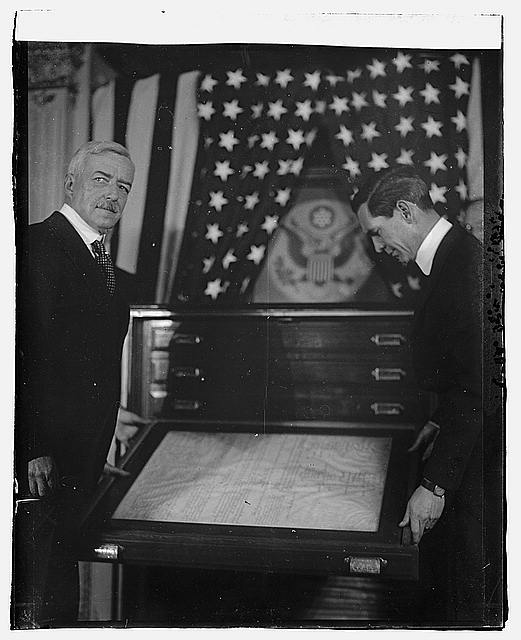
However, after ratifying the Declaration of Independence, each colony did not automatically become a state.
To enter the Union, the colonies had to ratify the United States Constitution of 1787. After the conclusion of the Constitutional Convention of 1787, where the Constitution was officially proposed to the delegates from each colony, it took anywhere from 10 months to nearly three years for the Constitution to be ratified by all 13 states.
50 Officially Recognized States
In order to divide its landmass of over 3.5 million square miles, the United States has 50 officially recognized states.
How Were States Admitted?
After the admittance of the first 13 states, there had to be a system in place to determine how new territories would be added to the Union.
As the American people moved westward, occupying more land and resources, they began showing interest in creating new states.
The authors of the Constitution foresaw this development and included a clause that gave Congress the authority to form new independent states.
The Admissions Clause
This clause is known as the Admissions Clause and is found in Article Four, Section 3, Clause 1 of the Constitution.
The Admissions Clause states that, while Congress has the power to admit new states into the Union, they could not be formed from states that already exist without the consent of said states.

Because of this, a state could not be divided into multiple states, and more than one state could not be combined to form a bigger state unless the states in question and Congress consented to this development.
All States Being Equal
Fearing that the new states formed out of the Midwest would overpower the states on the East coast, states were to be admitted to the Union on the premise that all states would be equal.
Admission as a State through the Enabling Act
Once territories reached a minimum population of 60,000 free males, as designated by the Northwest Ordinance of 1787, they then could express their desire to be admitted as a state to Congress.

Congress would then approve this request by issuing an enabling act, which gave the territory the ability to draft and propose a state constitution. Once the state constitution was submitted and approved by Congress, the territory would be accepted as a new state.
A Different Process For Some States
However, some states were never part of a territory and were formed either by breaking off from a larger state or by annexing territory previously controlled by another government body.
These states skipped the traditional admission process and were admitted to the Union automatically due to various external circumstances.
The Majority of States
From the early 1790s to the mid-1910s, 35 more states were admitted to the Union. They are as follows, listed in order of admission:

Get Smarter on US News, History, and the Constitution
Join the thousands of fellow patriots who rely on our 5-minute newsletter to stay informed on the key events and trends that shaped our nation's past and continue to shape its present.
1791 – Vermont
1792 – Kentucky
1796 – Tennessee
1803 – Ohio
1812 – Louisiana
1816 – Indiana
1817 – Mississippi
1818 – Illinois
1819 – Alabama
1820 – Maine
1821 – Missouri
1836 – Arkansas
1837 – Michigan
1845 – Florida, Texas
1846 – Iowa
1848 – Wisconsin
1850 – California
1858 – Minnesota
1859 – Oregon
1861 – Kansas
1863 – West Virginia
1864 – Nevada
1867 – Nebraska
1876 – Colorado
1889 – North Dakota, South Dakota, Montana, Washington
1890 – Idaho, Wyoming
1896 – Utah
1907 – Oklahoma
1912 – New Mexico, Arizona
The Last Two States
The last two states, Alaska and Hawaii, were not admitted to the Union until 1959. Due to Alaska’s massive size, dispersed population, and difficult environment to live in, it took a significantly longer time for this territory to reach the minimum number of occupants to become a state.

However, Hawaii was only admitted due to its Republican tendencies as a reaction to the admittance of the far more Democratic Alaska.
With the admission of Hawaii and Alaska, the United States flag finally reached the 50 stars we are familiar with today.
States vs. Territories
Even in the modern-day, the United States occupies various areas that are not considered states. While they are allowed to send non-voting delegates to the House of Representatives, these territories do not have the same authority that states have.
Citizens of Territories’ Rights
Citizens of these territories can vote in the primary election for presidential candidates but cannot vote in general elections. Furthermore, these territories do not have sovereign rule over themselves, as determined by Puerto Rico v. Sanchez Valle in 2016.

Because of this, these territories exist in a strange limbo. Even though the citizens of four of the five major United States territories are technically American citizens, they do not hold the same authority as citizens from one of the 50 states.
American Samoa
The Pacific Ocean’s American Samoa became a territory of the United States via a deed of cession in 1900.
Guam
Guam became a territory of the United States via the Guam Organic Act of 1950.
Northern Mariana Islands
The Northern Mariana Islands in the Pacific Ocean became a territory of the United States via Security Council Resolution 21 after the surrender of Japan during World War II.
Puerto Rico
Puerto Rico became a territory of the United States via the Organic Act of 1900, also known as the Foraker Act.

U.S. Virgin Islands
U.S. Virgin Islands became a territory of the United States Organic Act of the Virgin Islands of the United States of 1936.

